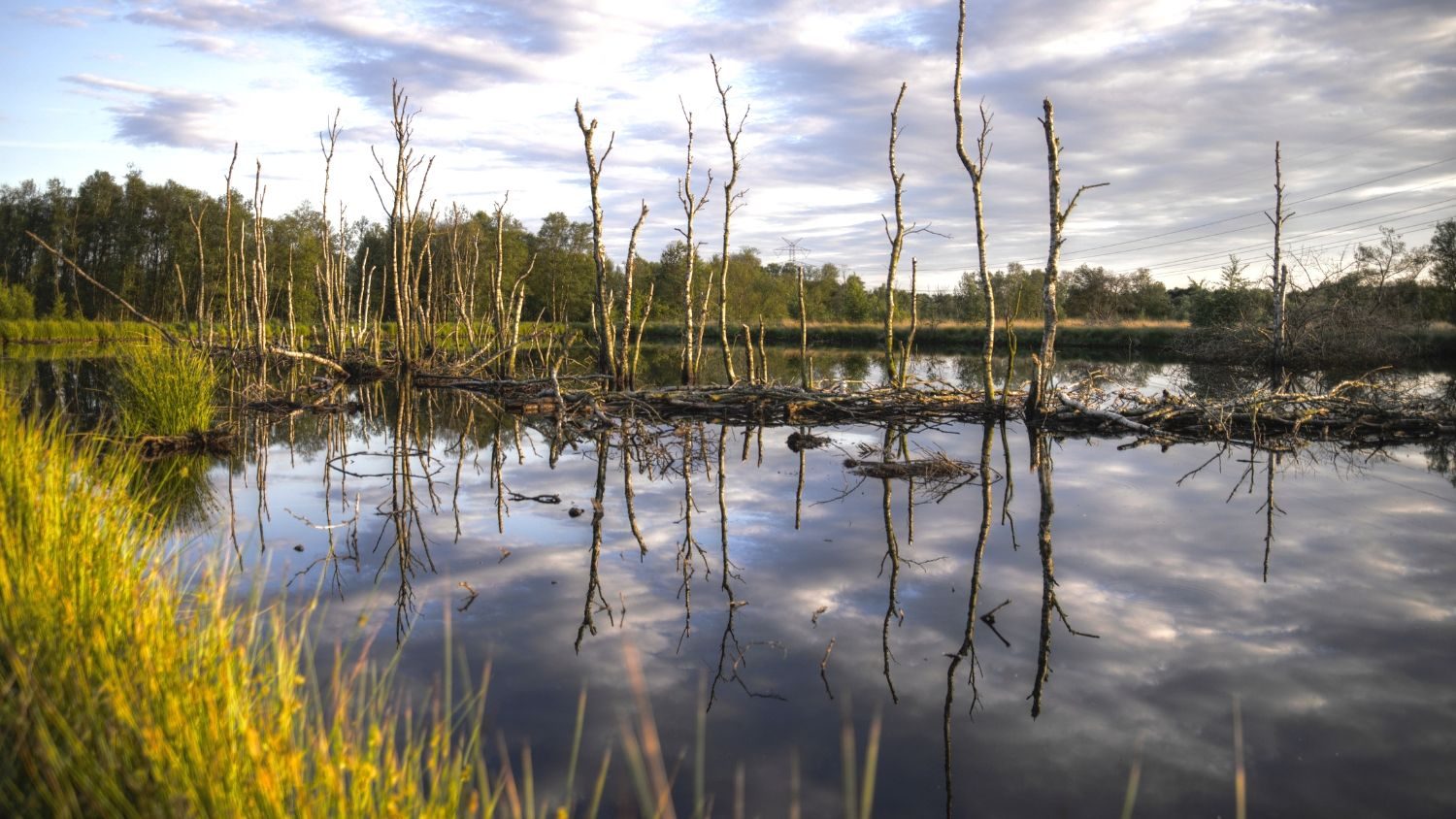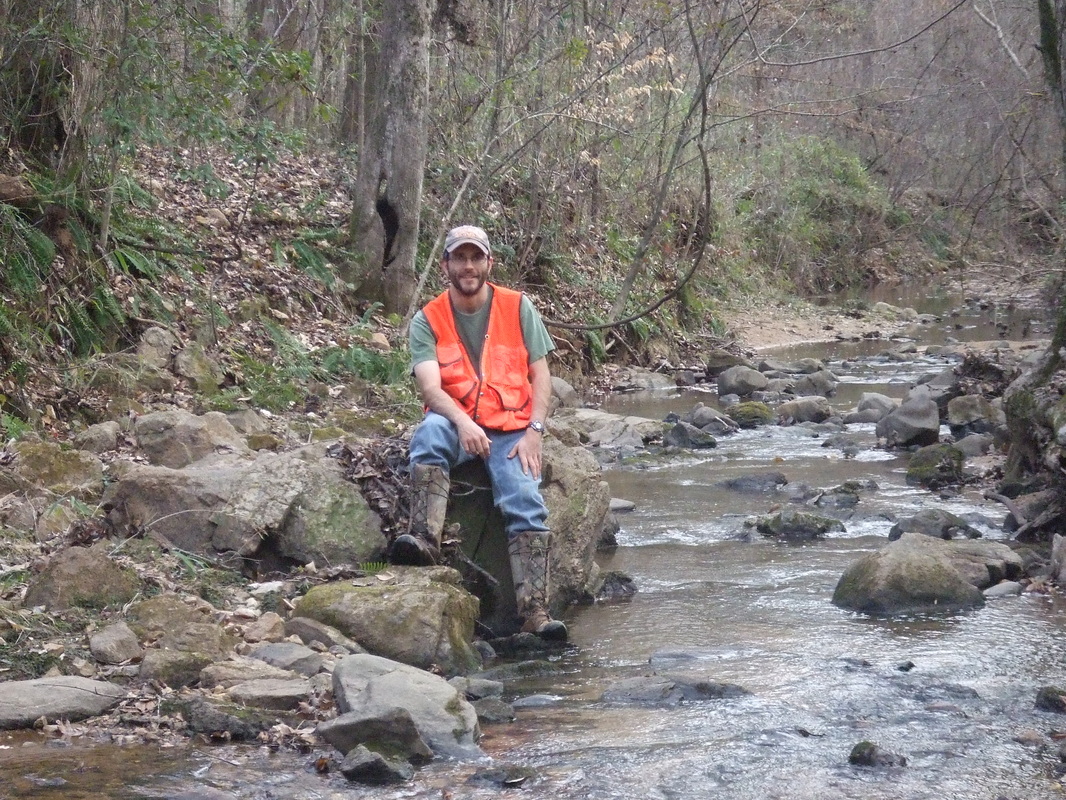
Salt and sediment usually convey a negative connotation in environmental contexts. But researchers like Dr. Matthew Ricker, NC State Crop & Soil Sciences, report that their threat or value depends on where they occur. Ricker is at work to investigate the ecological effects of soil salinity. His proposed study was one of 15 recently selected by the USDA NRCS as part of their 2019 Soil Science Collaborative Research Projects to advance NRCS’s soil science capacity.
His project, titled “Quantification of Blue Carbon Stocks along Salinity Gradients from Tidal Freshwater to Coastal Marine Wetlands in the Southeastern United States” is aimed at improving our understanding of how saltwater intrusion affects North Carolina’s ecosystems and their ability to manage blue carbon.
Wetland Advantages in Storing Blue Carbon
Blue carbon represents the CO2 captured and stored in our oceans and marine ecosystems. Forests are generally thought of as the chief repository of earth’s carbon storage, but coastal ecosystems are generally 10 times quicker and two times more efficient in their carbon uptake than terrestrial forests. And they provide significantly longer-term storage (in the millions of years). Coastal wetlands store upwards of 100M tons of carbon each year. Fresh sediment from upland river systems buries plant life below the water table. Without access to oxygen, the plant material cannot degrade and locks away the plant carbon and its environmental impact for years. But these valuable coastal ecosystems are disappearing.
Multi-Faceted Challenge

Ricker’s project overview identifies how storms, sea-level rise, and land use have all impacted the tidal estuaries of the southeastern United States increasing soil salinity. As a result, NC’s eastern soils are getting saltier.
Hurricanes deposit salt in historically freshwater soils that can last for decades. He notes that the persistence of the salt depends on its depth in the soil profile. This saltwater intrusion changes wetland plant diversity. If soil salinity increases, even marginally, forested wetlands die back and are replaced by salt-tolerant mash species. On a large scale, these changes can lead to bulk species loss and accelerated erosion – a prime concern to coastal land managers.
Additionally, Ricker’s brief illustrates how up-river dam regulation decreases the transport of sediment to the ocean and slowing carbon burial. He also notes how canals cut to drain coastal fields create preferential pathways intended to drain water out, but also provide direct pathways in to agricultural fields.
These factors highlight the importance of our wetland areas to buffer storm surge… It’s essential to keep them intact.
“These factors highlight the importance of our wetland areas to buffer storm surge. They serve the beneficial function of blocking our coastal agricultural areas. It’s essential to keep them intact,” Ricker said.
But why a soil-based approach? “We know the hydrologic effect of saltwater on plants. But there has been minimal research (from a soils perspective) on intrusion into freshwater areas,” Ricker commented. There are a number of barriers to wetland field research – mostly because the soils are periodically underwater. But also because many areas are difficult to access with equipment (generally only by boat), not to mention the local wildlife challenges of the Alligator River and other eastern NC swamps.

A Two Year Plan
Ricker’s project team includes co-investigators Greg Taylor (USDA NRCS) and Ben Odhiambo (University of Mary Washington) contributing expertise in coastal zone soil survey and isotopic dating. The group will spend the next few months identifying research sites in the Roanoke and Tar River areas of NC’s Albemarle-Pamlico peninsula. They plan to select study sites in 3 major groups: intact freshwater forested wetlands, degraded forested wetlands, and established salt marshes. Over the next two years, they will measure the soil’s physical and chemical properties, identify tree conditions, and evaluate plant species. Soil salinity will be measured to a depth of two meters and lab analyzed for soil accretion and carbon sequestration.
Benefiting Researchers & Residents

The results of Ricker’s research has profound benefits for soil scientists as well as NC residents. “Mapping these soils will allow us to quantify the spatial area impacted by salinization in NC and make predictions of how far [freshwater] shifts toward marsh systems will occur in the future,” Ricker noted. These ecosystem changes could have significant effects on the amount of coastal land available for agricultural use.
In addition to carbon sequestration and agricultural use, there is also the risk of saltwater to eastern septic systems. “We don’t know how much [salt] is there in these freshwater tidal soils. What will it affect and how long will it take to flush out?” Ricker queried. His research will map these saltwater intrusion zones to overlay with data on physical structures I and septic systems to identify risks for the coming 100 years.
Soil maps that were previously hand-drawn and updated only by decade are now available online allowing for immediate changes from data like his for future land planning purposes. This vital information will be of great value to developers and land managers far beyond the lab.
Ricker’s project embodies NC State’s ‘Think & Do’ approach. His plan uses a field-based project to apply the abstract idea of saline effects to benefit NC’s future agricultural and population growth. It’s a task that hasn’t been done before now and is fraught with difficulty. “If it was easy, it would already be done,” he smiled. “But it’s our job to get data out of the ground.”
Follow Crop & Soil Sciences to Learn More
Interested to know more about how NC State’s Crop and Soil Sciences Department is growing the future? Join our weekly Friends of Crop and Soil Sciences newsletter.